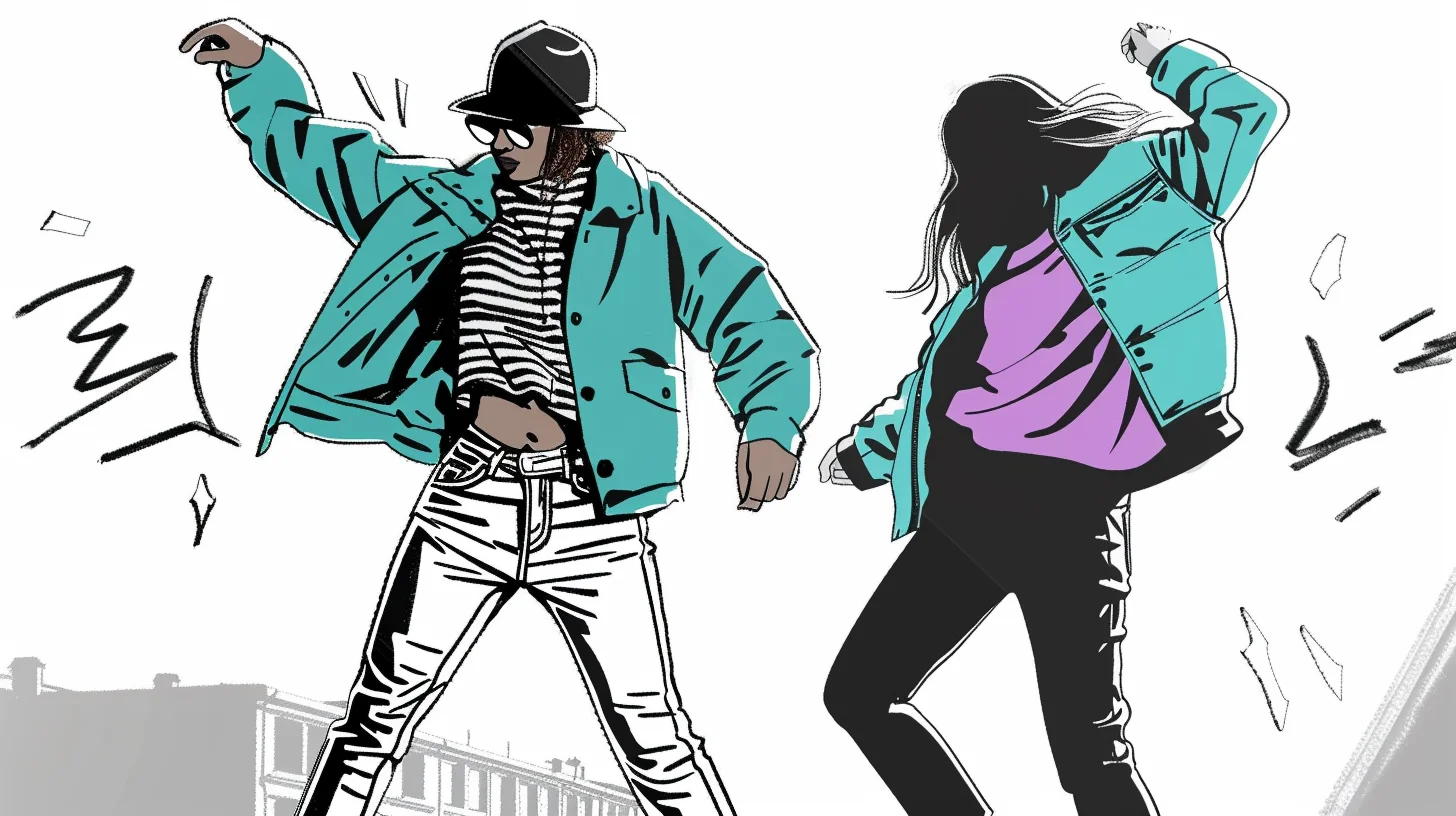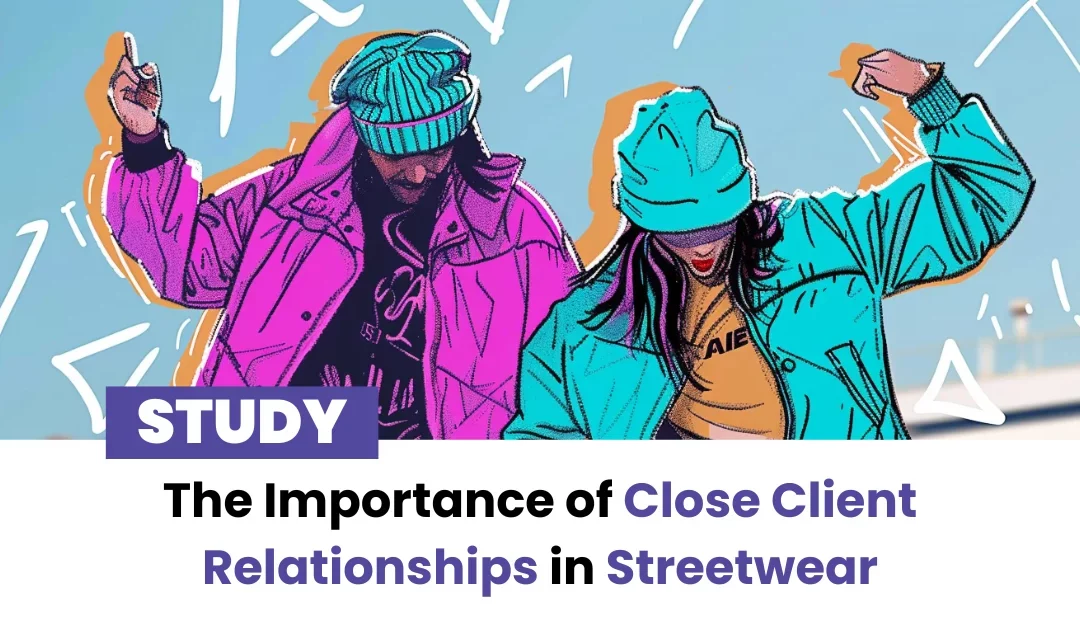Streetwear: A Highly Sought-After Universe
According to BonneGueule, streetwear is a popular movement that constantly evolves based on trends promoted by pop culture and subcultures. Streetwear clothing is often influenced by the nostalgia of the 80s. Vintage t-shirts, patterned clothing, and logo apparel are staples in streetwear collections. For comfort, ease, and daily freedom of movement, garments are generally chosen in larger sizes, with brands like Supreme, New Balance, and Nike leading the way. Nowadays, this trend has even found its place in the luxury sector, inspiring brands like Dior, which collaborated with Air Jordan for its sneaker collection. This all help in creating a Close Client Relationships in Streetwear industry. The culture and style of streetwear are in sync and see their evolution in numerous creations during major fashion events, as noted by Tenshi.
Proximity Relationships: A Key Activator
Close client relationships in streetwear transcend mere commercial transactions, forging authentic connections with customers. Brands that maintain strong relationships with their community foster engagement and loyalty. By understanding their followers’ needs and aspirations, these brands create personalized experiences, thereby strengthening trust and authenticity. This direct link encourages active community participation in creating and evolving trends, giving these brands lasting relevance within streetwear culture. Essentially, streetwear brands rely on proximity relationships to go beyond being mere suppliers and become influential players. For example, BAPE and Supreme frequently organize events to connect with their community.
The Suburbs: Dynamism and Diversity
Suburbs, often referred to as urban peripheries, are dynamic and complex areas. These residential zones significantly contribute to the socio-economic diversity of cities. Suburbs house communities with diverse cultural backgrounds and are often stages for varied realities. Despite facing socio-economic challenges, they are hubs of resilience and creativity. Suburbs are fertile ground for urban cultures, street art, and social movements. As cited in a Libération article, “Neighborhoods are one of the hearts of fashion trends.” They continue to evolve as vibrant living spaces where diversity, solidarity, and innovation play central roles. This is exemplified by young French designer Mossi Traoré. In a Vogue article, he highlights that his atelier is located in Villiers-Sur-Marne, emphasizing “not just made in France but made in the Suburbs.”

A Parisian Street Culture
Paris, the city of fashion and culture, is a strategic point for streetwear enthusiasts. Many new brands establish themselves in the capital to attract a large audience, including CARHARTT, BAPE, and Supreme. Neighborhoods like Pigalle and Le Marais are very attractive with several vintage and street art shops. For example, in a Numero article, Pharrell Williams opened a temporary pop-up store in collaboration with Adidas in Le Marais last June. His concept was to launch a temporary café, the “Samba Cafe,” to showcase the new colorways of the Samba x Humanrace sneaker.
Several grassroots actions promote streetwear brands. Enthusiasts organize shows to display their pieces and open showrooms for a period to engage the streetwear-loving public. Additionally, partnerships with personalities are established to attract their community. In this proximity approach, streetwear players get closer to their community by creating original universes, often conveying a strong message through their creations. This fashion is often associated with rebellion, self-expression, and creativity, as noted by Tenshi. Events and influence are indeed part of their strategy to make their brand known and evolve with current trends. Balmain and Yves Saint Laurent enhance this influence by incorporating streetwear into their collections.

